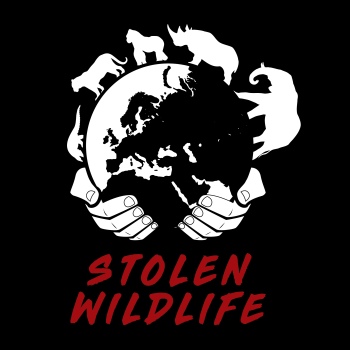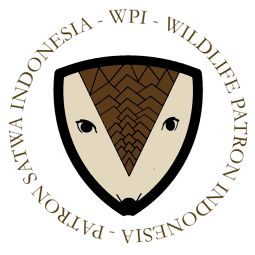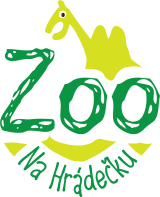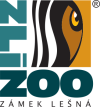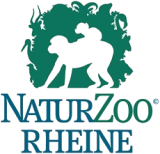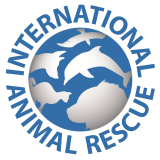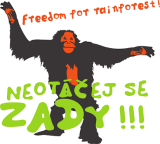Thanks to the long-term recording of observed animals on marked routes according to a given methodology, we estimate the size of the populations of specific species in the given territory.
We carry out monitoring in two locations - in the vicinity of our rescue centre and in the field area of our program. Thanks to the long-term data collection, we can compare both locations and also see what changes our conservation activities bring. We are already observing that after several years of working with the community in our field area, there has been an increase in the number of slow lorises observed and the population is now stable here. At the same time, we verified that in the vicinity of our rescue centre with high pressure from people and hunters, populations of wild animals are significantly smaller than in the locality that we actively protect.
We have 6 routes marked out in both locations, each approximately 2.5 km long. These lead through different types of habitat – primary forest, secondary forest, but also farms. Every year we go through all the routes twice. We only use red light so that wild animals are not disturbed and they can behave naturally even in the presence of observers.
1) At the beginning of the route, it is necessary to fill in data such as time, weather, etc.
2) The field Kukang team spotted a slow loris and recorded the data.
3) Greater Slow Loris (Nycticebus coucang) recorded during the monitoring.
4) Masked Palm Civet (Paguma larvata) recorded during the monitoring.










